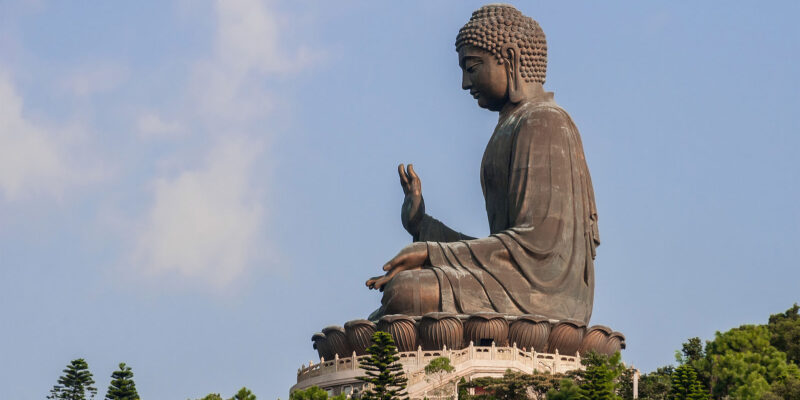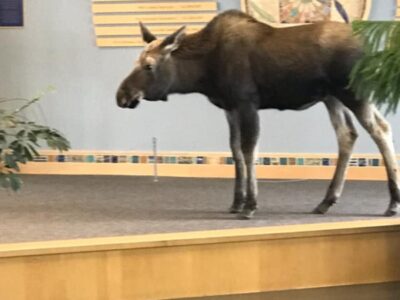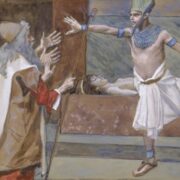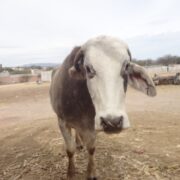
Archeologists have made an astonishing discovery that may change how we understand the way the world was connected centuries before the birth of Christ. A Polish-US mission discovered a Buddha statue “dating back to the Roman era while digging at the ancient temple in Berenice,” an antiquities ministry statement said on Wednesday.
The statue was found near a temple.
A Buddha statue, along with an inscription in Sanskrit, was unearthed at a temple in Egypt's Red Sea region.
They also found two second-century CE coins from the central Indian Kingdom of the Satavahanas inside the temple. https://t.co/t02QKtcDwM pic.twitter.com/kZG7A6sKrF
— Anurag Shukla (@Anuraag_Shukla) April 28, 2023
AFP noted that “the find has ‘important indications over the presence of trade ties between Egypt and India during the Roman era,’ the head of Egypt’s supreme antiquities council Mostafa al-Waziri said.
The statue, with part of its right side and its right leg missing, measures 71 centimetres (28 inches) in height and portrays Buddha with a halo around his head and a lotus flower by his side.”
“Berenice Troglodytica, also known as Berenike, was an Ancient Egyptian seaport on the western shore of the Red Sea, Egypt. The city was founded by Ptolemy II Philadelphus (285–246 BC), who named it after his mother, Berenice I of Egypt.
During the Roman period, between the 1st and 2nd century AD, the city was one of the primary waystations for the trade of war elephants and exotic goods such as pepper, semi-precious stones, cloth, and ivory, transported between India, Sri Lanka, Arabia, and Upper Egypt,” wrote Heritage Daily.
According to the experts, the Buddha statue was crafted from stone likely sourced near present-day Istanbul and sculpted locally at Berenike. It was then offered to the temple by wealthy merchants from India.
Ahram Online writes, “Steven Sidebotham, director of the American side of the mission, said that apart from this statue, archaeologists also found an inscription in Sanskrit dating to the Roman emperor Philip the Arab (244 – 249 CE).
He added that this inscription seems to belong to a different era from that of the statue of the Buddha (which dates back to a much earlier era).
Furthermore, the archaeologists also found other inscriptions in the same temple, according to Sidebotham. These inscriptions, which are in Greek, date from the early first century CE to 305 CE, he stated. They also found two second-century CE coins from the central Indian Kingdom of the Satavahanas inside the temple, according to Sidebotham.”
Since it began expanding access to dig sites to drive more tourism to the country, archeological research in Egypt has grown dramatically. Last year, investigators found a mysterious tomb dating back to the 18th Dynasty.
The post can be translated as:
“- Discovery of a royal cemetery in the western valleys area in the western mainland of Luxor.
The joint Egyptian Egyptian-English mission between the Supreme Council for Archeology and the Institute of Modern State Research at Cambridge University succeeded in uncovering a never-before-known royal cemetery during excavations by the mission in Valley C of the Western Valley of Luxor.
Just say it Dr. Mustafa Waziri, Secretary-General of the Supreme Council for Archeology, citing the importance of this discovery as the initial indications unearthed inside the cemetery so far indicate that it probably dates back to the reign of the five (18th family era), which will be confirmed in the coming period until the completion of the archaeological authentication works To the cemetery.
And on his side said Dr. Fathi Yassin, Director General of Archeology of Egypt and Head of the Mission from the Egyptian side, said that the mission is continuing with the excavation work and the archaeological documentation of the cemetery entirely, which will contribute to unravel the curtain from the architectural planning of the cemetery more clearly, as well as its artistic elements.
The discovered cemetery is in poor condition as a result of floods during ancient times, which were submerged in dense forms of sand and limestone, added Dr. Mohsen Kamel, the site manager of the West Valley Site, which led to blurring many of its landmarks and patterns.
And in the same context is clearer Bears to Ireland, the head of the British side mission, said the discovered cemetery may have belonged to a royal or princess’ wives during the Fifth reign of which a large number has not yet been revealed.”










India & Egypt did trade in the BC era!!!!